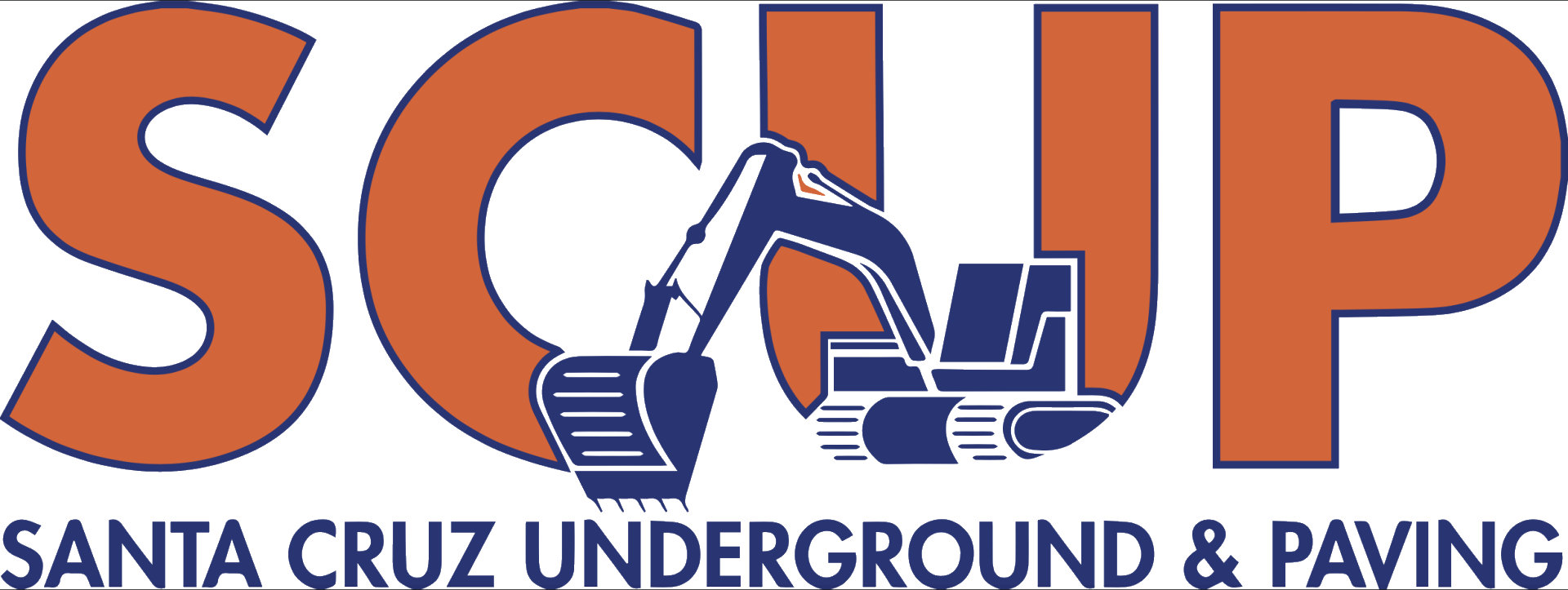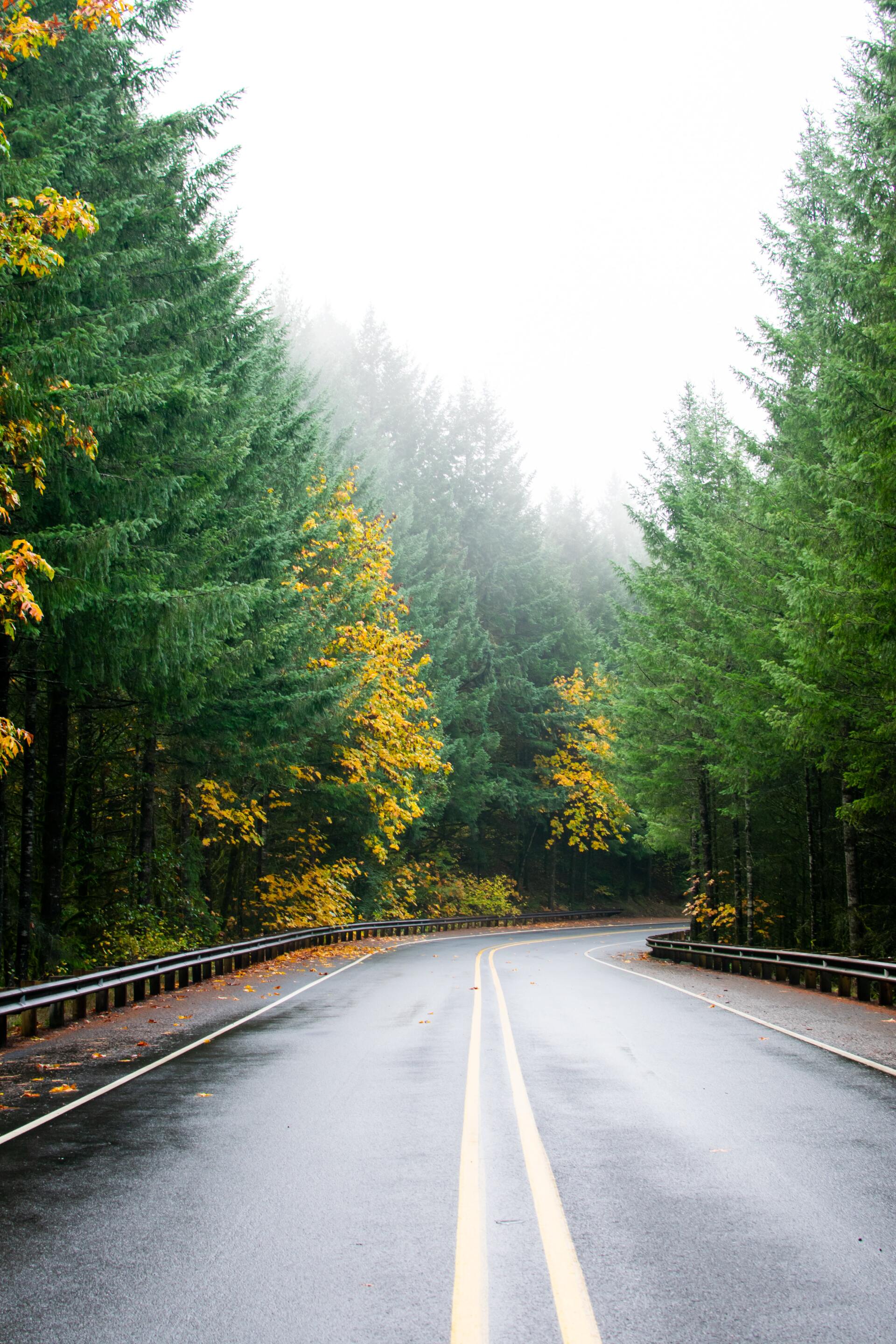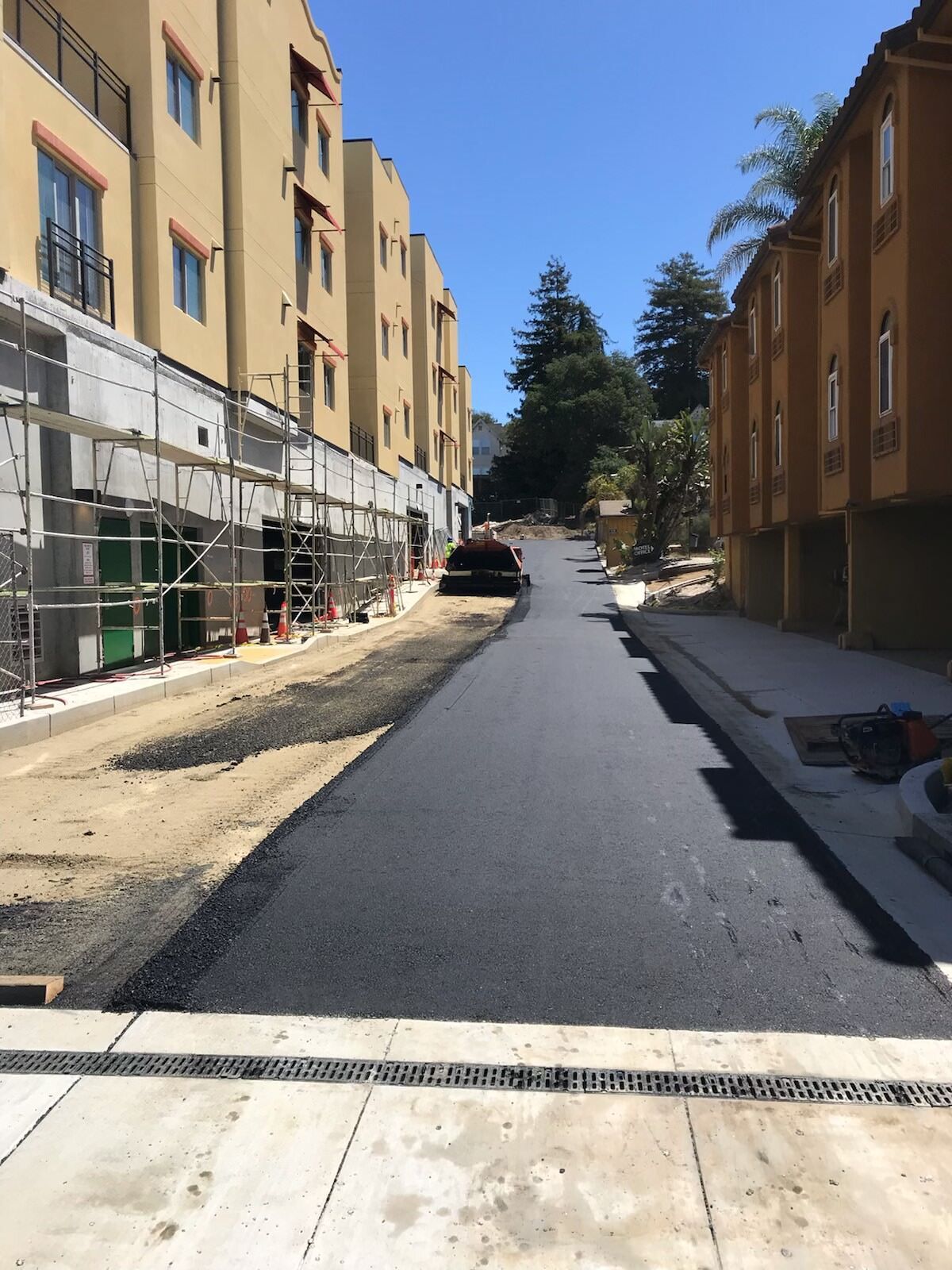Underground Utilities
Underground Utilities in Santa Cruz County
An underground utility is any installation or structure installed below ground that is used by a service provider. It is important to know the location of these underground utilities before starting a digging project. Utility location is the process of recognizing the area in which these underground utilities are. Private lines, such as sprinkler systems, private sewer laterals, and gas lines, are considered to be the responsibility of the landowner. While public utility lines are the responsibility of both the service provider and the homeowner. You must contact the utility company to help you mark the location of these lines if you wish to know where they are.
Here are the wet utilities that can be found underground:
-
Storm Drain
Having a lot of runoff water can contribute to a lot of polluted stormwater. A storm drain is an infrastructure designed to drain excess rain and groundwater from surfaces, such as roads, parking lots, sidewalks, and more. Storm drains are connected and released to a nearby body of water, such as a pond or stream, without it being treated.
There are two main types of storm drains, side inlets and grated inlets. Side inlets are located on the side of a curb and rely on the opening to capture the flow of water. Grated inlets have grids that prevent people and large debris from falling into the drain. The grate bars are spaced so that the entrance of water is not obstructed but so that objects cant fall through. Some grated storm drains are placed in the middle of the street so the grates must be strong enough to support the weight of people and vehicles.
-
Sanitary Sewer
A sanitary sewer is a pipe system that is designed to carry sewage from plumbing components, such as bathrooms, sinks, and kitchens, to a wastewater treatment facility that filters, treats, and discharges the sewage water. Having a sanitary sewer system is much better than having a combined sewer system, which is when the storm drain and sanitary sewer are together. There may be instances wherein raw sewage may back up when there are excessive amounts of stormwater flowing into the system due to leaking or defective pipes.
Here are the different types of sanitary sewers:
- Conventional Gravity Sewer - A conventional gravity sewer is a large network of underground pipes that move stormwater, greywater, and blackwater from individual households to a centralized treatment facility.
- Effluent Sewer - An effluent sewer is a less common sewage disposal method. This system has septic tanks that collect sewage from residential and commercial areas. The liquid sewage that comes out of the tank is delivered to a sewage treatment facility. Most solids are removed from the tanks so that the treatment facility can be smaller and would not require any grinders.
- Force Mains - A force main sewer is a pressurized sewer pipe that delivers wastewater through the use of pressure. This method is used when gravity is not enough to move the sewage or stormwater through the sewer system.
- Simplified Sewer - A simplified sewer system is made using smaller diameter pipes that are laid at shallower depths than conventional sewers. In concept, simplified and conventional sewers are the same, it’s just the design features in simplified sewers that differ as they adapt to the local situational needs.
- Vacuum Sewer - A vacuum sewer system uses differential air pressure, such as negative pressure, to move the sewage to the treatment plant.
-
Domestic Water Pump and Fire Pumps
At the beginning of a construction project, it is very rare to have the correct ratio of dirt that a building will be built on. Most of the time, there will either be too little or too much dirt which will require contractors to export or import dirt to the site. All projects require some sort of site work which is why there are usually large piles of dirt when you spot a construction project. Before dirt-moving, the contractors need to know and impose proper erosion control measures. Most of the time a permit is also needed prior to this process.
Some construction sites will end up with a large amount of accumulated dirt. This usually happens when your building has to be built below grade. There are also instances where there is excess dirt. In this situation, if the excess dirt is clean and not contaminated, it can be used in the different areas of the project or in the remaining processes. It can also be compressed and used as part of the foundation. Excess dirt may also be given to other local organizations that may need it, such as schools and parks, which also have their own construction project. In the event that there is still excess dirt, the dirt will be brought and disposed of in landfills.
When it comes to importing dirt on your site, excavators move dirt from another project using large dump trucks. If your project requires sophisticated mixtures of dirt, you may need to transport and secure dirt from somewhere. Transporting dirt usually has an additional cost, both for the material and the delivery equipment. It generally costs less if you are able to secure dirt from a nearby project that has excess dirt, which is a win-win situation for both parties.
-
Fine Grading
A fire pump is a part of a fire sprinkler system’s water supply and is powered by steam. Fire pumps are located within rooms that are separated from all the other areas of the building and must have an unobstructed passageway. A domestic water pump is used to maintain pressure in a potable water system. A fire pump has a shorter water diversion time and has a more stable water supply, These pumps are used in different circumstances and therefore have different makeups and physical properties.
Now let’s move onto the dry utilities that can be found underground:
-
Gas Service
Gas is usually the most inexpensive and efficient way to fuel a furnace or broiler when the seasons start to get chilly. There are a lot of advantages to having a gas line, but there are also a lot of safety concerns and responsibilities as a homeowner with a gas line. A gas line is an underground pipeline that is used to transport highly flammable natural gas to various appliances that utilize fire. Gas lines are also used to heat your home and your water. Gas lines are extremely dangerous and should not be tampered with by anyone who is not a professional. Gas lines also require cleaning as heavy build-up will result in a limited amount of gas being transported.
-
Electrical Conduit
Electrical circuits are generally placed underground in order to protect them from strong wind, ice, storms, and other elements. Underground installation also improves the aesthetics of your location. Underground power lines have very thick insulation, these lines are also buried. It is important to pay attention to where these lines are and to avoid digging holes and other sorts of landscaping projects without knowing their location.
-
Joint Trench
Joint trenching is the process by which multiple utilities are buried together in one trench. These utilities include gas pipes, water pipes, electrical lines, and telecommunication wires. Different service lines can also be installed. In order to have your joint trench service line installed, you must provide all utilities with service installations and plats. Natural gas lines and electricity lines must be installed on the same side of the building and the code and safety requirements must be met.


